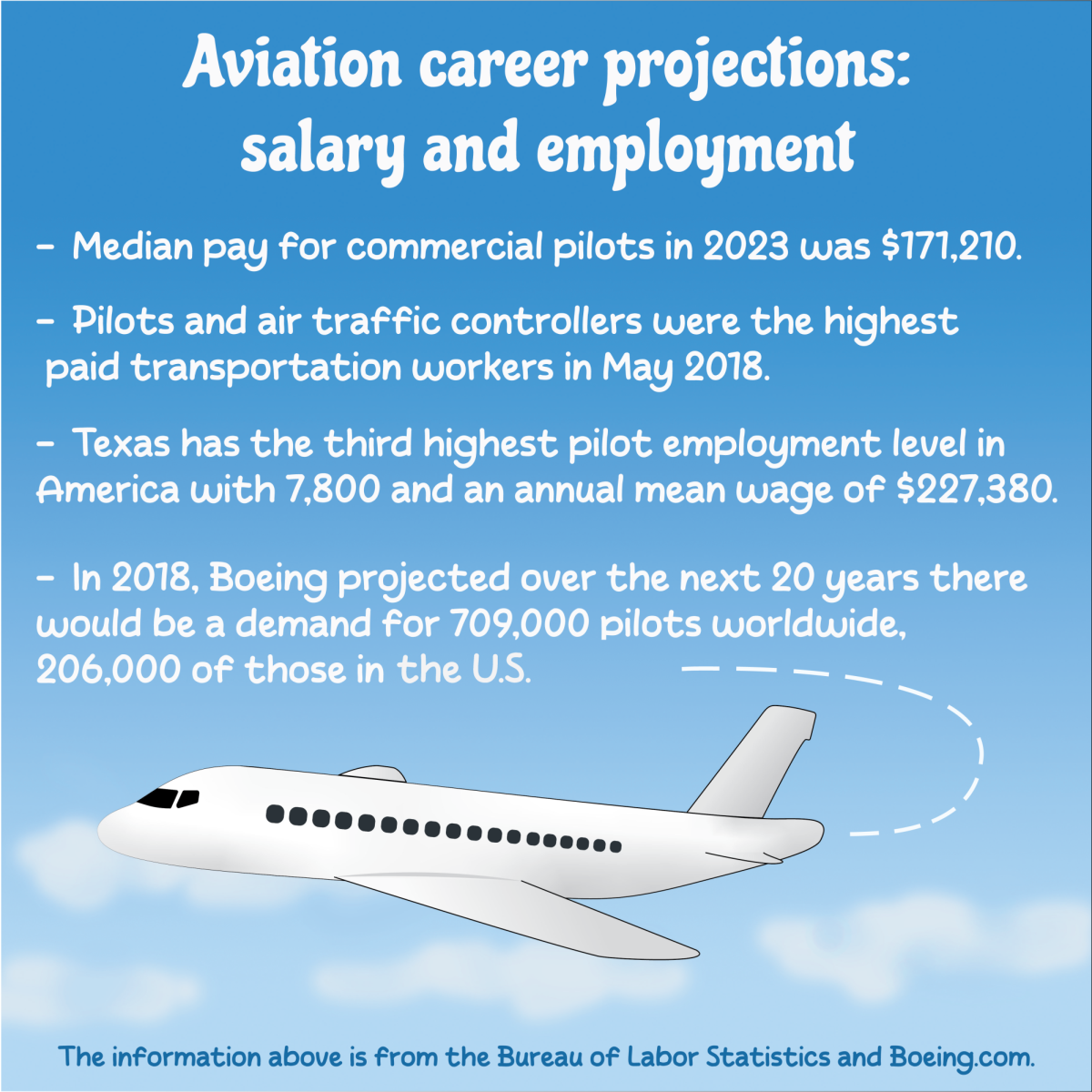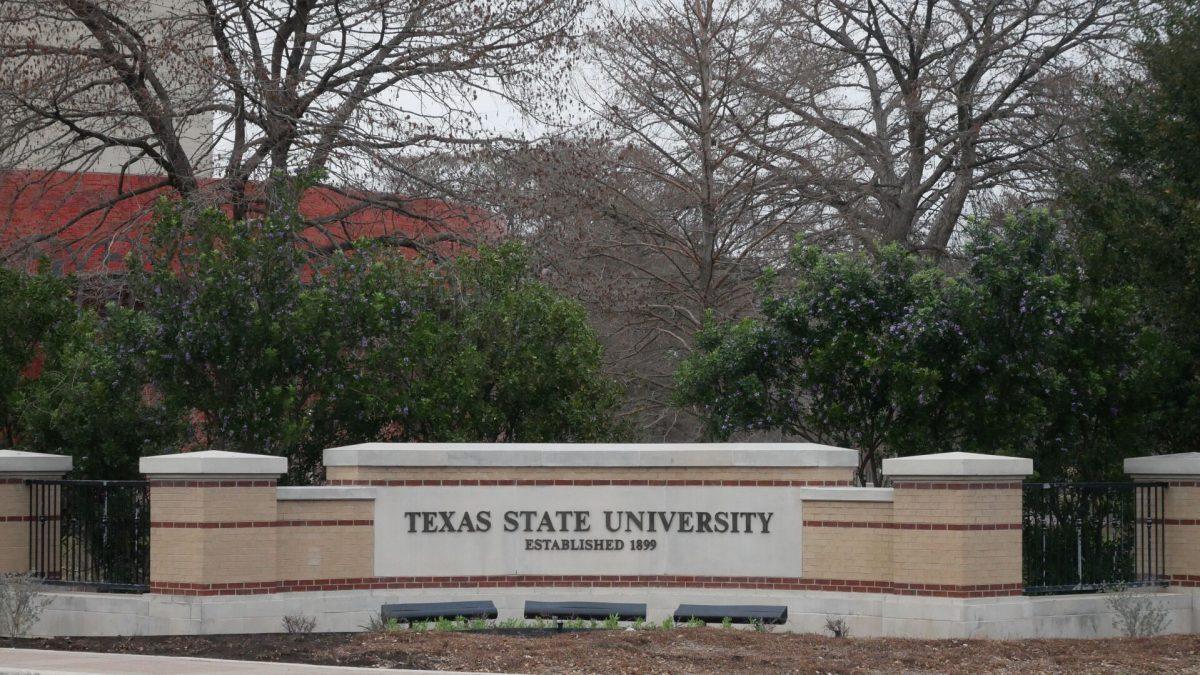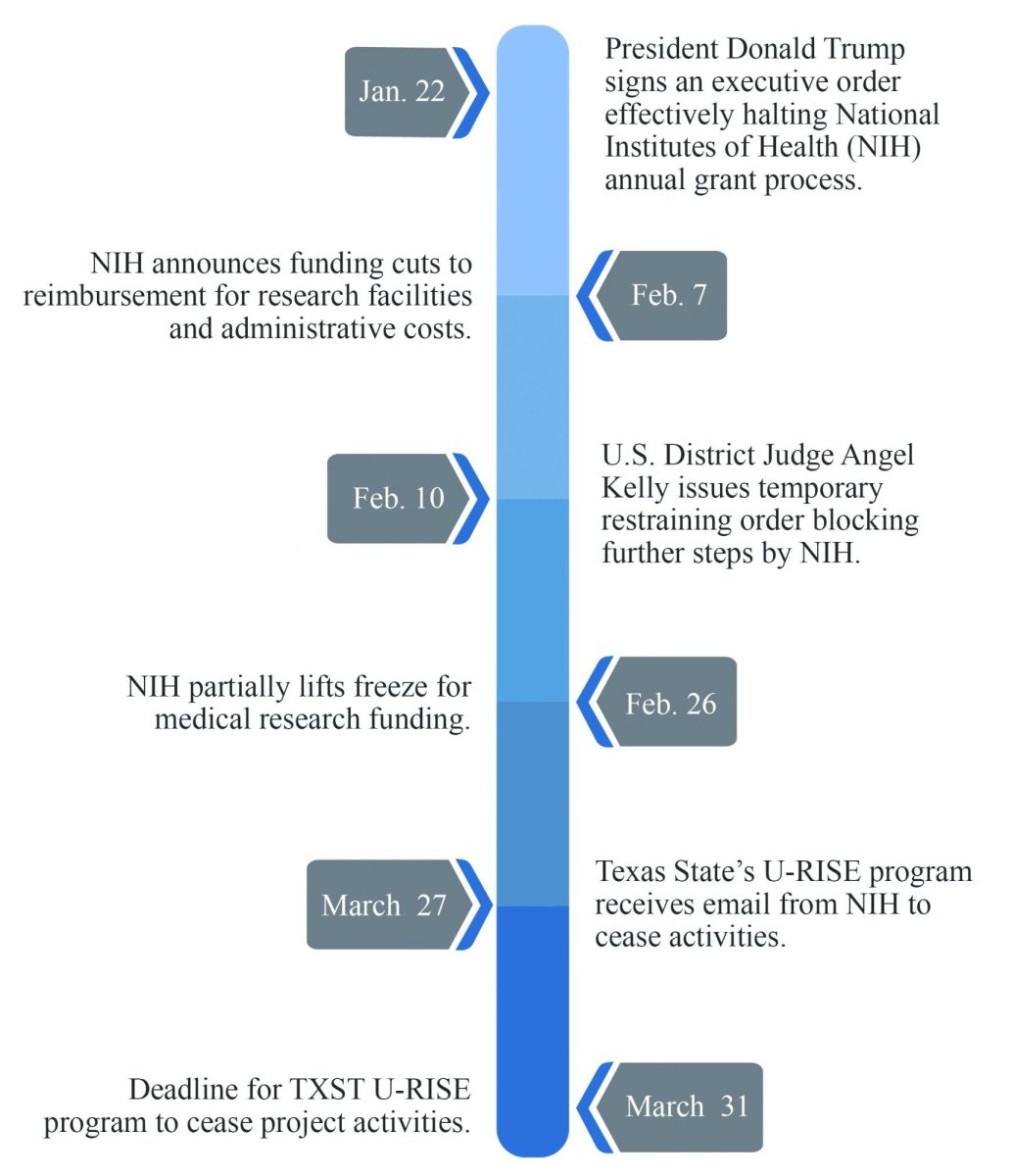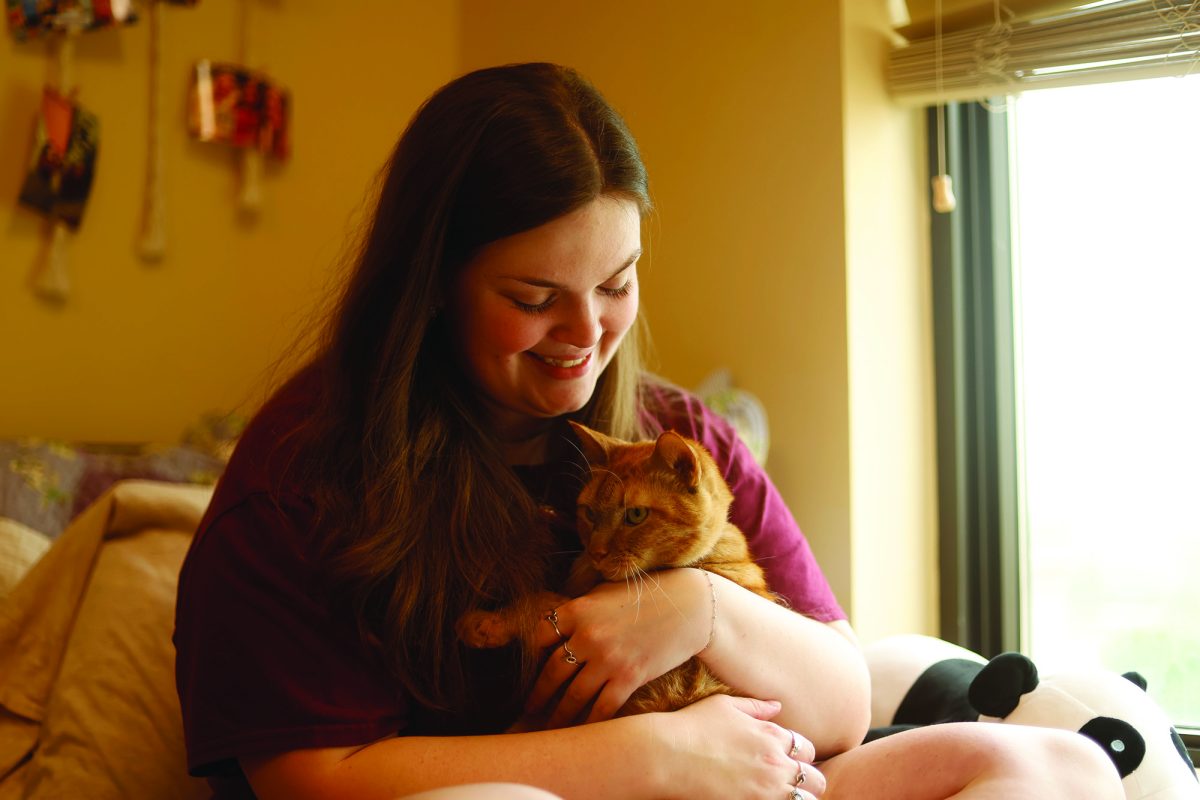Students can now enroll in the new Aviation Science Concentration as part of the Bachelor of Applied Arts & Sciences (B.A.A.S.) degree concentration this fall. This program is designed for those aspiring to become professional pilots through flight training.
Jim Wimberly, president of Texas Aviation Partners (TAP) said he first suggested the program to Texas State. Wimberly’s suggestion led to a collaboration between Texas State, TAP, Coast Flight and the San Marcos Airport for the new degree concentration.
“There are some other universities [with flight programs that are] highly rated, but by and large they are private,” Wimberly said. “The cost of a bachelor’s degree at Texas State University is competitive with other high-rated universities in Texas.”
Texas State’s website for the new aviation concentration mentions a projected worldwide demand of over 649,000 pilots by 2040. Wimberly said the shortage of pilots was one of the leading factors that drove the new aviation program’s development.
According to Wimberly, Texas State’s aviation concentration is a great opportunity for students because he said many airlines require pilots to have a bachelor’s degree in addition to meeting 1,500 flight hours required by the Federal Aviation Administration (FAA).
According to President of Coast Flight Heath Jamison, his company will be in charge of the hands-on flight training for the program at the San Marcos Regional Airport.
Texas State’s 2024-25 catalog lists several courses aviation students will need to take as per the degree, including “Theory of Multi-Engine Aircraft Operations” and “Principles and Methods of Flight Instruction.”
“[Coast Flight follows an] FAA-approved flight training program that is rigid but also flexible in the same sense, it’s very structured,” Jamison said. “[The program] gets students through on time and on budget.”
Jamison said before partnering with Texas State, Coast Flight trained military pilots who flew helicopters on how to fly different aircrafts to prepare them for a non-military career such as commercial piloting.
Coast Flight has a partnership with American Airlines to develop the American Airlines Cadet Academy, where aspiring pilots referred by American Airlines receive their training. This could create a career pathway for students who take on the Texas State aviation degree.
“At some point, these young men and women that are going through my flight training program are going to be flying your family and my family in the friendly skies, and I want the best product out there that I can produce,” Jamison said.
According to the Institute of Defense and Government Advancement (IDGA), the United States Air Force was 120 pilots short of its projected goal of new pilots in 2023.
President of West Houston Airport Shelly deZavallos said the pilot shortage is a result of the rigorous requirements to entry for becoming a pilot, coupled with a decline in military enlistments.
“You have to have a minimum of [1,500] hours of flight time to get in the front seat of an airplane, captain or co-pilot, and 1,500 hours to get an airline transport pilot certificate [which you need to] fly commercial,” deZavallos said. “That’s not cheap.”
According to deZavallos, the mandatory retirement age for pilots is 65. This has caused a lot of pilots who were trained in the 1970’s either through the military or through school to retire, further contributing to the national pilot shortage.
Wimberly said another reason for the shortage was low salaries for pilots. She said the starting salary for a co-pilot used to be $35,000-40,000. According to the Aircraft Owners and Pilots Association, a pilot’s starting salary increased by 546% in the 23 years between 2000 and 2023. Now, a salary can start at around $100,000 for commercial pilots with a degree, which the new Texas State program can supply.
“This is going to be a fantastic opportunity for a lot of kids…it lets you accomplish a degree and your passion for flying at the same time,” deZavallos said. “Putting [flight training and academic education] together is a perfect recipe.”





















